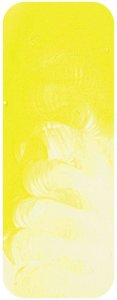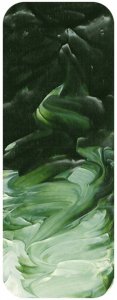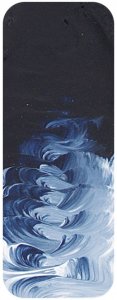Description
Phthalo Blue, a condensed term for Phthalocyanine, stands as a unique example of a scientific name embraced by the public. The initial confusion caused by the silent "Ph" at the beginning is swiftly resolved when pronounced as "thalo." In its 1936 debut, it bore the name Monastral Blue, though modern usage predominantly adopts the chemical nomenclature. An accidental discovery in 1935, originating from experiments at ICI in the UK, marked its journey into public and artistic realms. Phthalo Blue (red tone), an intense blue with a hint of red undertone, possesses the remarkable ability to colour entire skies with just a touch. Rarely used alone, its uniqueness lies in the artist's capacity to craft unmatched colours, particularly valuable in producing a myriad of greens. Hookers Green, a favourite among artists, gains character when blended with Phthalo Blue. Two methods emerge: mixing with Aureolin for brightness or combining with Phthalo Blue and Transparent Yellow Oxide for depth. Both alternatives offer enduring hues compared to the original Hookers Green recipe employing fading Gamboge.









